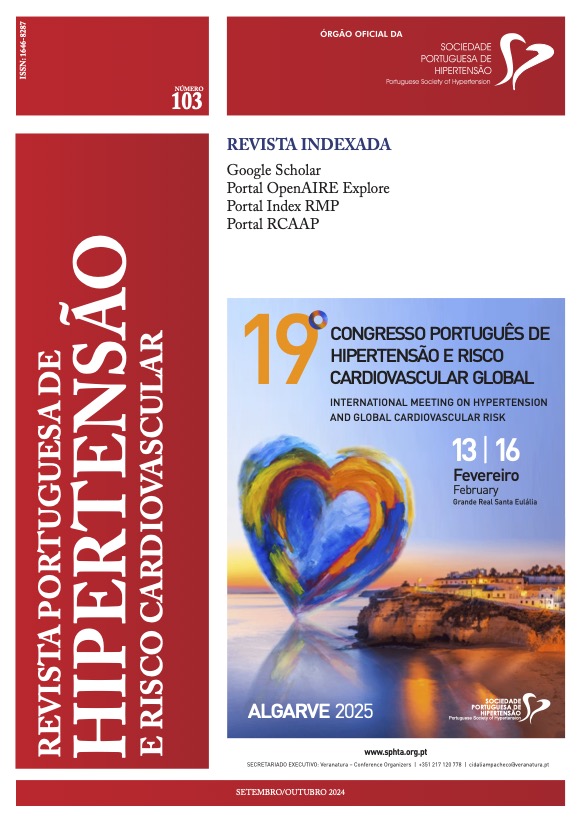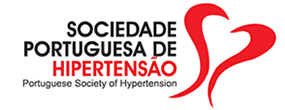Improving Office Blood Pressure Measurement Performance Through Formative Intervention In Primary Care
DOI:
https://doi.org/10.58043/rphrc.87Keywords:
blood pressure measurement, systematic errors, blood pressure, Hypertension, office blood pressureAbstract
Introduction: The diagnosis of hypertension presupposes the measurement of blood pressure, one of the most frequently performed and undervalued clinical gestures. As blood pressure is a variable hemodynamic phenomenon, there are several factors that can alter the values obtained, so there should be an effort to standardize its measurement by healthcare professionals. In fact, the use of imprecise pressure values can have consequences for the patient, since the values used for diagnosis may correspond to an incorrect classification of hypertension.Material and methods: Motivated by a previous qualitative analysis of the blood pressure records (5704 users) at the health unit, which indicated possible systematic errors, we evaluated the performance of professionals and implemented a training strategy. In the first phase, the performance of health professionals was assessed through the completion of a 16 parameter grid (n = 37). In a second phase, after the educational intervention, performance was reassessed using the same grid at two different moments (n= 36 and 88, respectively). Finally, blood pressure records from the three years following the educational intervention were also collected and qualitatively analyzed (n = 5535).
Results: The results presented suggest a statistically significant improvement in the professionals’ performance at the first assessment point after the training. In the second evaluation, the data indicate a slight decline in performance, but with no statistically significant difference. On the other hand, comparing 2 moments of the unit’s historical records over a 3-year period a qualitative improvement in the records is appreciated.
Conclusions: The data obtained confirms the need to value the gesture of blood pressure measurement in order to avoid systematic errors, pointing to the relevance of continuous training and development of this basic competence.
Downloads
References
Am. J. Med. Sci., vol. 362, no. 6, pp. 533–534, 2021, doi: 10.1016/j.amjms.2021.09.010.
M. V. B. Malachias, “O Novo Paradigma da Mensuração da Pressão Arterial,” Arq. Bras. Cardiol., vol. 117, no. 3, pp. 528–530, 2021, doi: 10.1161/HYP.
A. E. Schutte, A. Kollias, and G. S. Stergiou, “Blood pressure and its variability: classic and novel measurement techniques,” Nat. Rev. Cardiol., vol. 19, no. 10, pp. 643–654, 2022, doi: 10.1038/s41569-022-00690-0.
G. S. Stergiou et al., “2021 European Society of Hypertension practice guidelines for office and out-of-office blood pressure measurement,” J. Hypertens., vol. 39, no. 7, pp. 1293–1302, 2021, doi: 10.1097/HJH.0000000000002843.
J. Kaczorowski, “Measurement of blood pressure: New developments and challenges,” B. C. Med. J., vol. 54, no. 8, pp. 399–403, 2012.
S. Siddique et al., “Office blood pressure measurement: A comprehensive review,” J. Clin. Hypertens., vol. 23, no. 3, pp. 440–449, 2021, doi: 10.1111/jch.14169.
J. Liu, Y. Li, J. Li, D. Zheng, and C. Liu, “Sources of automatic office blood pressure measurement error: a systematic review,” Physiol. Meas., vol. 43, no. 9, 2022, doi: 10.1088/1361-6579/ac890e.
Z. Y. Zhang, T. Vanassche, P. Verhamme, and J. A. Staessen, “Implementing automated office blood pressure measurement: Controversies in hypertension - Con side of the argument,” Hypertension, vol. 74, no. 3, pp. 441–449, 2019, doi: 10.1161/HYPERTENSIONAHA.119.10967.
S. Hiremath, T. Ramsay, and M. Ruzicka, “Blood pressure measurement: Should technique define targets?,” J. Clin. Hypertens., vol. 23, no. 8, pp. 1538–1546, 2021, doi: 10.1111/jch.14324.
M. F. Elias and A. L. Goodell, “Human Errors in Automated Office Blood Pressure Measurement: Still Room for Improvement,” Hypertension, vol. 77, no. 1, pp. 6–15, 2021, doi: 10.1161/HYPERTENSIONAHA.120.16164.
F. P. Cappuccio, “Is blood pressure measurement an essential clinical skill?,” J. Hypertens., vol. 39, no. 3, pp. 417–418, 2021, doi: 10.1097/HJH.0000000000002686.
P. Muntner et al., Measurement of blood pressure in humans: A scientific statement from the american heart association, vol. 73, no. 5. 2019.
S. Todkar, R. Padwal, A. Michaud, and L. Cloutier, “Knowledge, perception and practice of health professionals regarding blood pressure measurement methods: a scoping review,” J. Hypertens., vol. 39, no. 3, pp. 391–399, 2021, doi: 10.1097/HJH.0000000000002663.
Downloads
Published
How to Cite
Issue
Section
License
Copyright (c) 2024 Rute Rocha, Nuno Rodrigues

This work is licensed under a Creative Commons Attribution 4.0 International License.




